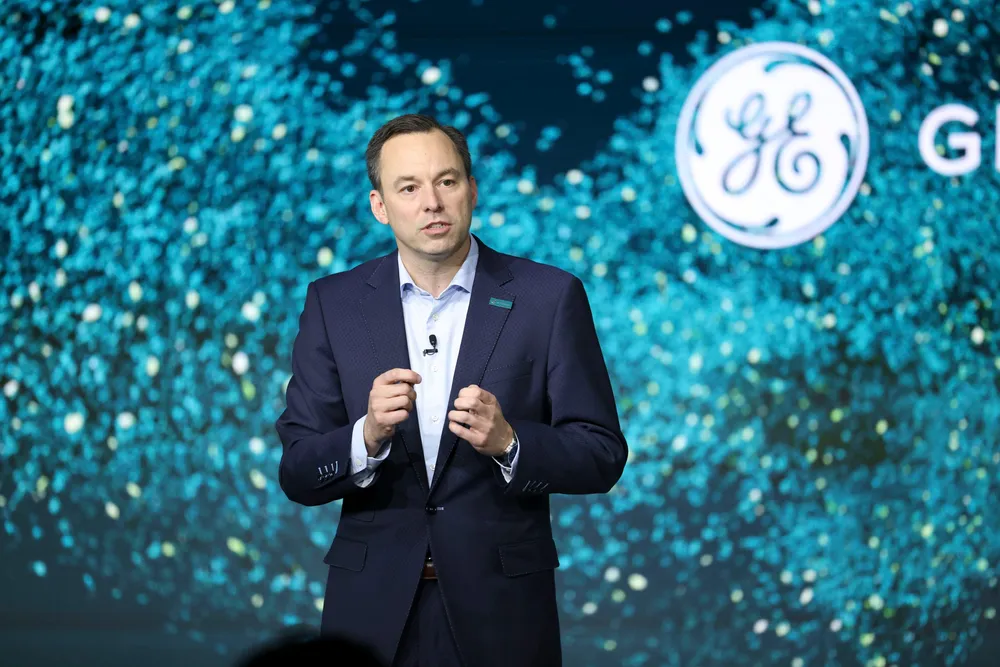GE Vernova CEO warns US market softness could cut 2026 onshore wind earnings
Developers can live with recent project tax credit eligibility changes, but permit availability and tariffs are driving downturn in turbine orders

GE Vernova expects 2026 wind revenue to decline 10% to 15% relative to this year if onshore turbine order softness continues, especially in the US, its most critical market, CEO Scott Strazik told an investor conference.
If that downturn does occur, Ebitda margins for onshore wind “could gravitate more toward mid-single digits from the high single digits this year,” he said, referring to earnings before interest, taxes, depreciation, and amortisation.
In the US, Strazik said Republicans’ partisan One Big Beautiful Bill Act, which became law on 4 July, “works for the industry and for us”.
Subsequent Department of Treasury guidance for projects to claim federal tax credits “is really right in the middle of the highway supporting incremental wind growth,” he added.
Still, the sector faces ongoing ambiguity with “permit availability, and tariffs continues to demonstrate or drive softness in our end wind markets,” Strazik told the Morgan Stanley conference.
Siting and permitting obstacles were also cited as onshore wind challenges, along with lengthy interconnection queues and transmission congestion, in a recent report by American Clean Power Association, a national trade group.
The new law moved forward sunset of the tax credits by five years and likely more than that, as prior criteria for ending them in 2033 – carbon emissions targets - likely would not have been met.
Strazik did not mention the law also terminates tax credits for wind turbine component manufacturing at the end of 2027, the only renewable energy technology singled out for such treatment.
He acknowledged wind is GE Vernova’s most challenging business. The others are power – gas, hydro, nuclear, and steam equipment – and electrification, which comprises electrification software, grid solutions, and power conversion and storage.
“When it comes to wind, we got to continue to make that business better,” said Strazik. He said GE Vernova’s wind operations and industry more broadly has not been automated enough. “That leads to some of the economic challenges that the industry has experienced.”
Strazik said rather than “cry in my beer” that wind volume is softer today than he wants, he’s accepted the challenge to position the company to do more economically competitive in “how we make things, how we serve the installed base.”
“We’re not playing victims. We’re focused on leading a more competitive industry going forward,” he added.
In a July earnings call, Strazik said the wind unit lost $300m in the first half, dragged down by money-losing supply contracts for 3.6GW Dogger Bank and 800MW Vineyard Wind offshore projects, but would be “closer to break even” in the second half.
At the conference, he barely mentioned offshore wind except to say the company had a “very productive summer” executing on its existing backlog.
In July, Strazik revealed the OEM would likely require the whole of 2027 to finish installation of 277 Haliade-X turbines at Dogger Bank in the UK versus his earlier expectation of a “mostly complete” array in 2026.
Status of installation work is unclear at Vineyard off the US state of Massachusetts where at least 20 of an eventual 64 turbines are generating power.
(Copyright)